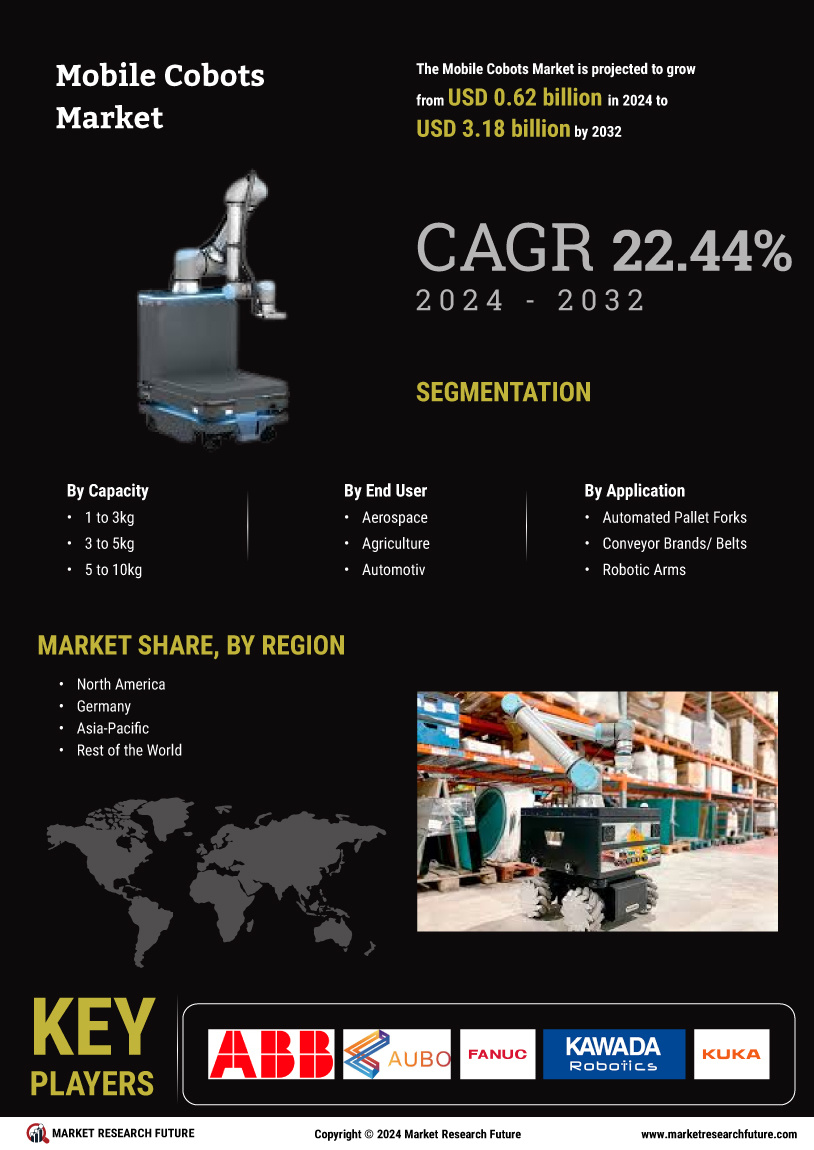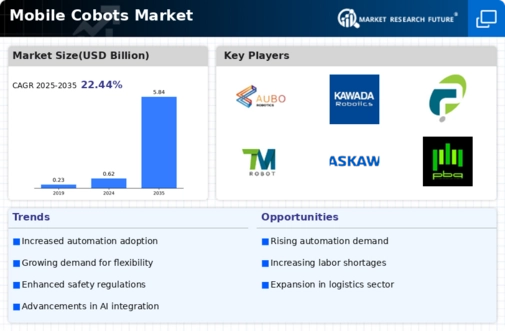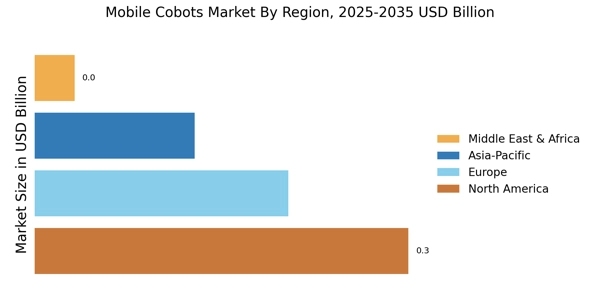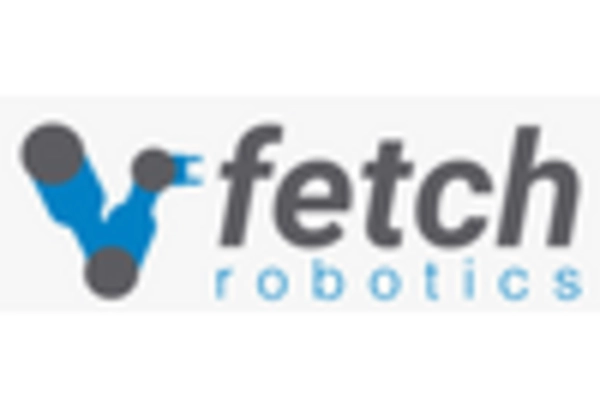Leading market players are investing heavily in research and development to expand their product lines, which will help the Mobile Cobots Market grow even more. Market participants are also undertaking various strategic activities to expand their footprint, with important market developments including new product launches, contractual agreements, mergers and acquisitions, higher investments, and collaboration with other organizations. To expand and survive in a more competitive and rising market climate, Mobile Cobots industry must offer cost-effective items.
Manufacturing locally to minimize operational costs is one of the key business tactics used by manufacturers in the Mobile Cobots industry to benefit clients and increase the market sector. In recent years, the Mobile Cobots industry has offered some of the most significant technological development.
Major players in the Mobile Cobots Market, including ABB Limited, Aubo Robotics Inc, Fanuc Corporation, Kawada Robotics, Kuka Ag, MrRK-Systeme Gmbh, Precise Automation, Techman Robot Inc, Yaskawa Electric Corporation, Agilex Robotics (Shenzhen) Ltd, Robert Bosch Gmbh, Staubli International Ag, Waypoint Robotics, Robotnik, and others are attempting to increase market demand by investing in research and development operations.
KUKA is a multinational automation firm that generates around €3.3 billion in annual revenue and employs over 14,000. The main office is in the German city of Augsburg. KUKA is a leader in providing intelligent automation solutions, serving industries as diverse as automotive, electronics, metal & plastic, consumer goods, e-commerce/retail, and healthcare. It includes providing customers with everything from robots and cells to fully automated systems and their networking. In March 2022, KUKA AG's order intake for the year's first half was a record, notwithstanding the gloomy economic backdrop.
The second part of the year saw nearly doubled orders from China, helping propel KUKA's total growth to its highest level ever.
FANUC America Corporation in Rochester Hills, Michigan, provides CNC systems and factory automation robots. FANUC America was established in 1982 and now employs more than 1,500 people across the Americas. Members of our team that specialize in automation work in customer service, engineering, finance, human resources, information technology, logistics, operations, manufacturing, product development, sales, marketing, and training. In June 2022, Fanuc Corporation has added the CRX-5iA, CRX-20iA/L, and CRX-25iA collaborative robots to its CRX range of robot arms. It has recently added the CRX-10iA and CRX-10iA/L collaborative robots to its widely used CRX line.
Small and large factories can use CRX cobots to increase productivity and reduce labor costs.


















Leave a Comment